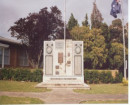ROYAL MELBOURNE REGIMENT DRILL HALL
49-53 VICTORIA STREET MELBOURNE, MELBOURNE CITY
-
Add to tour
You must log in to do that.
-
Share
-
Shortlist place
You must log in to do that.
- Download report
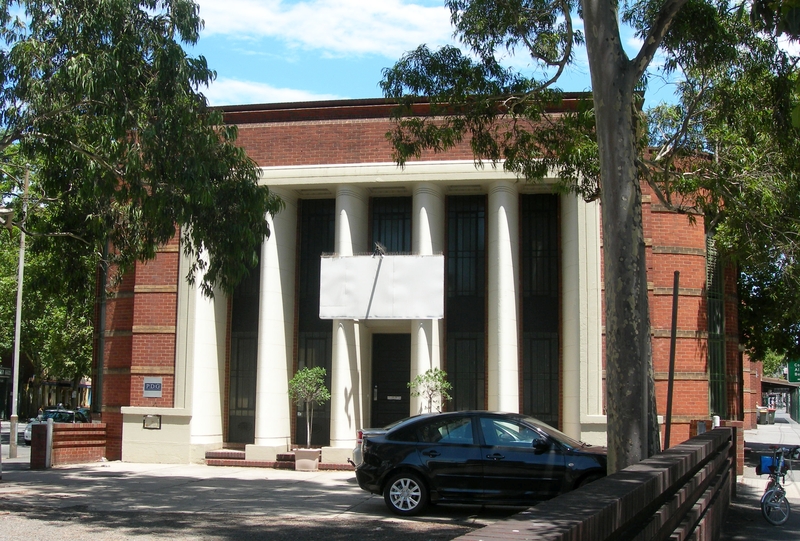

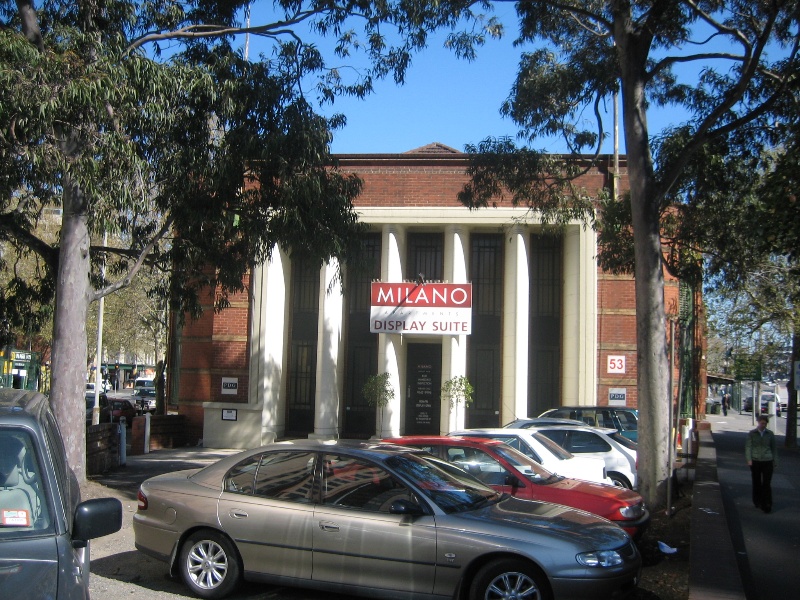
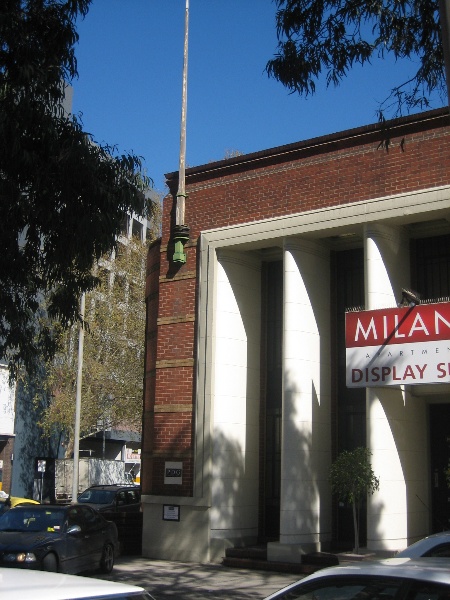
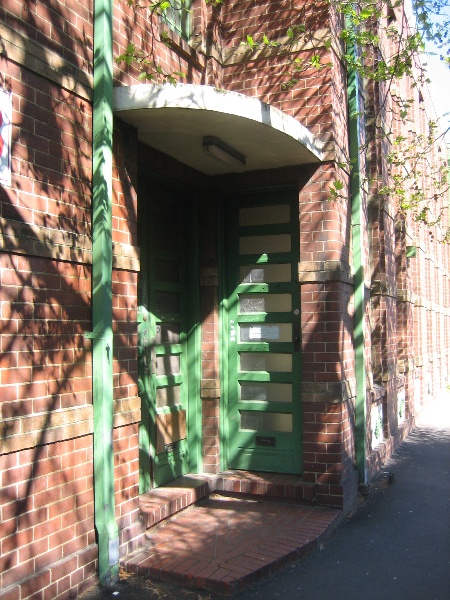
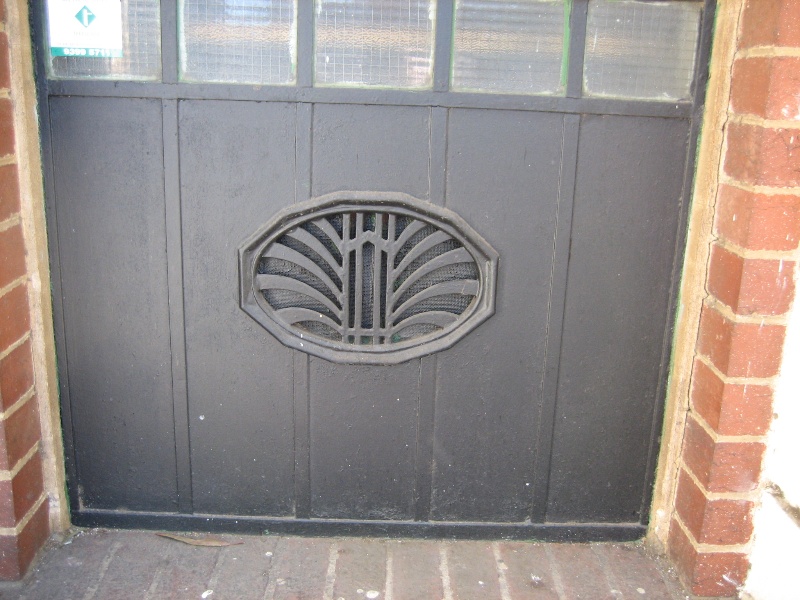
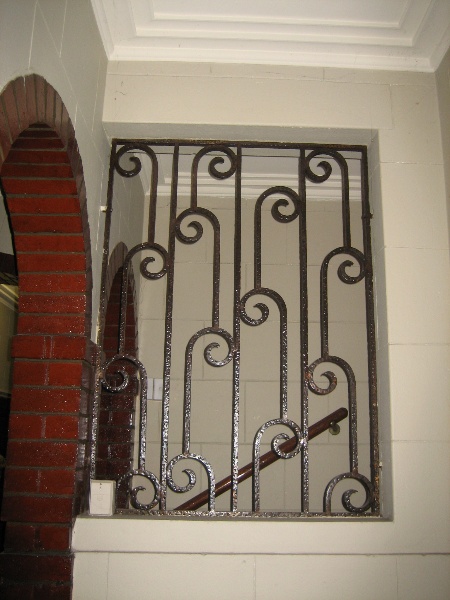
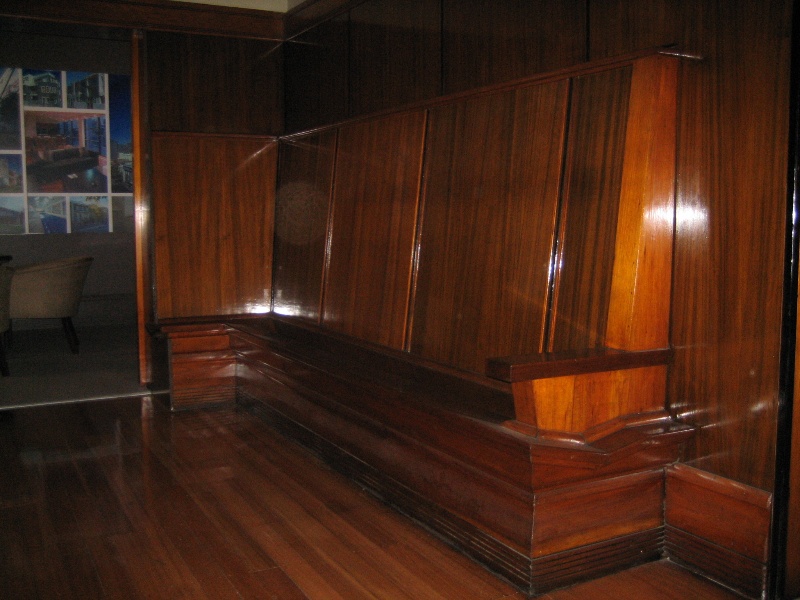
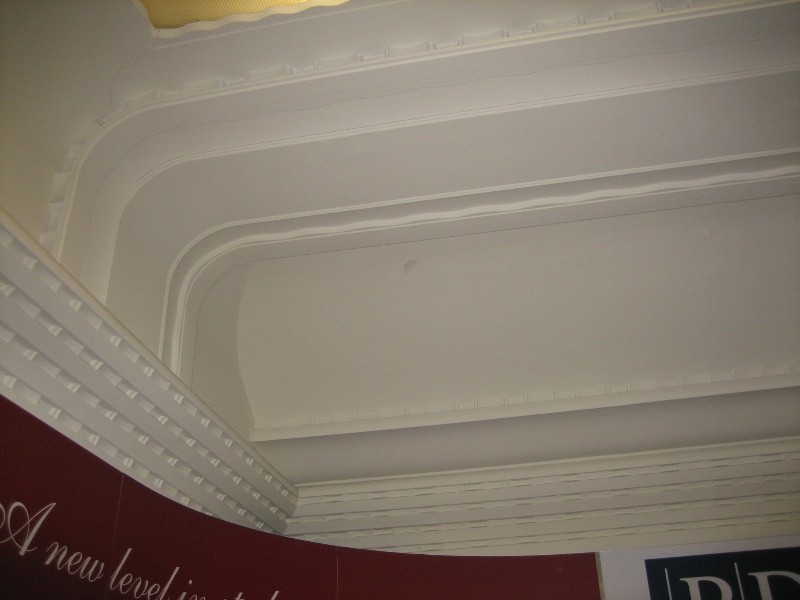
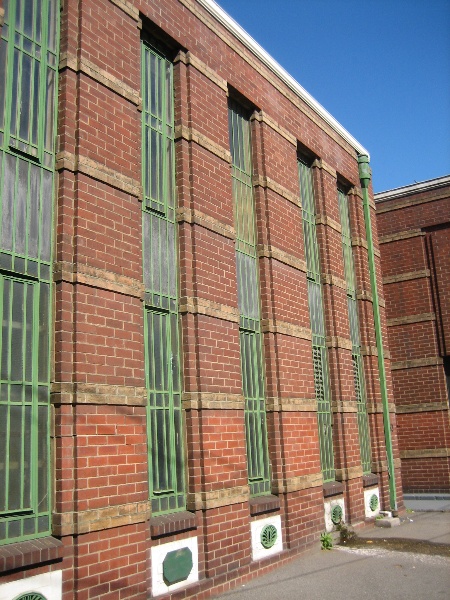
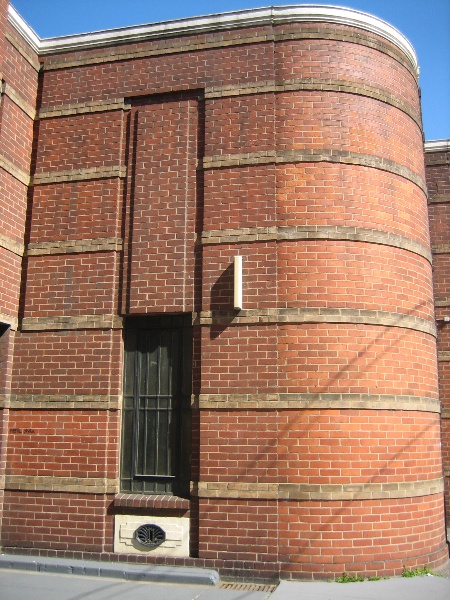
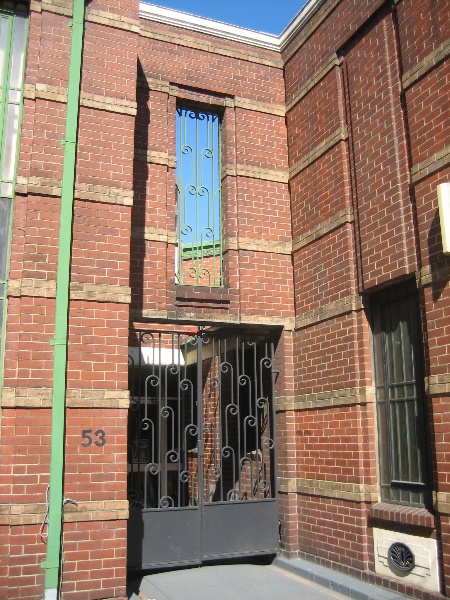
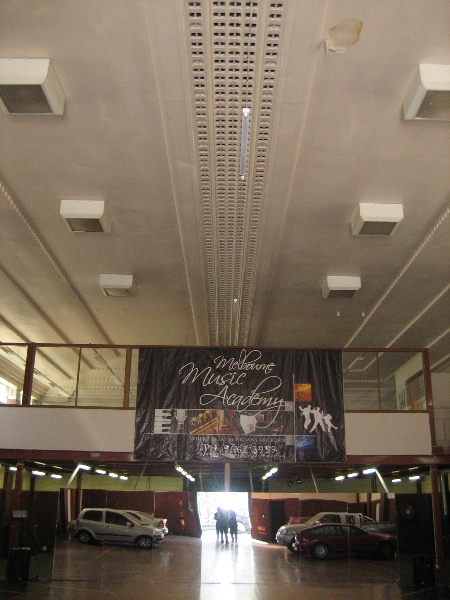
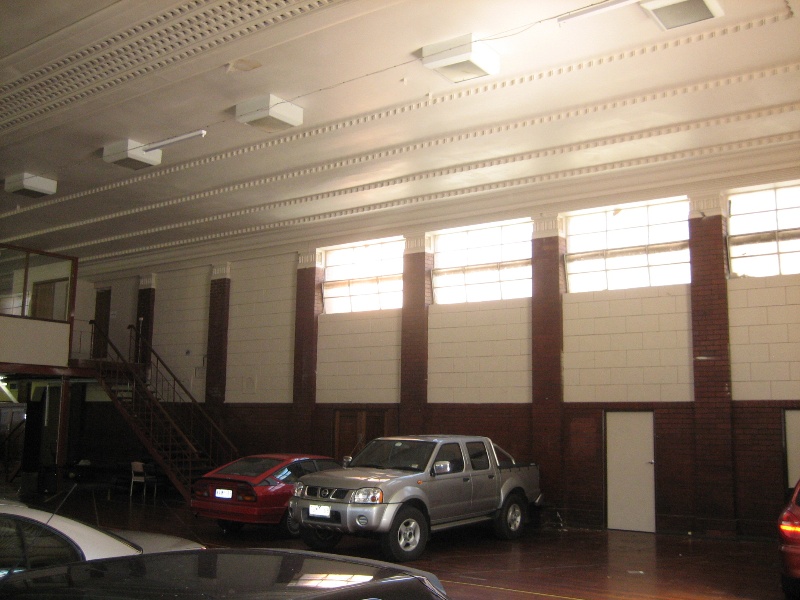
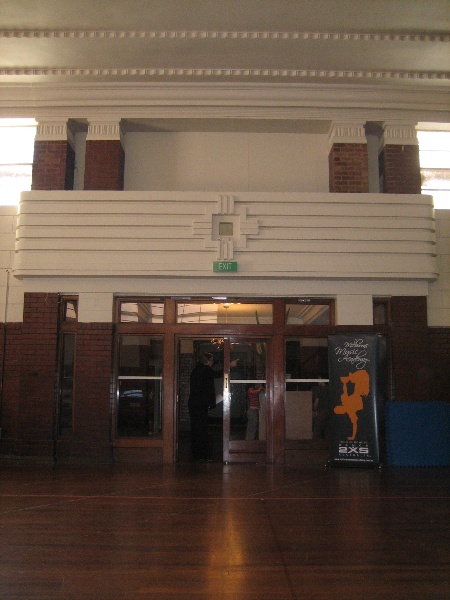
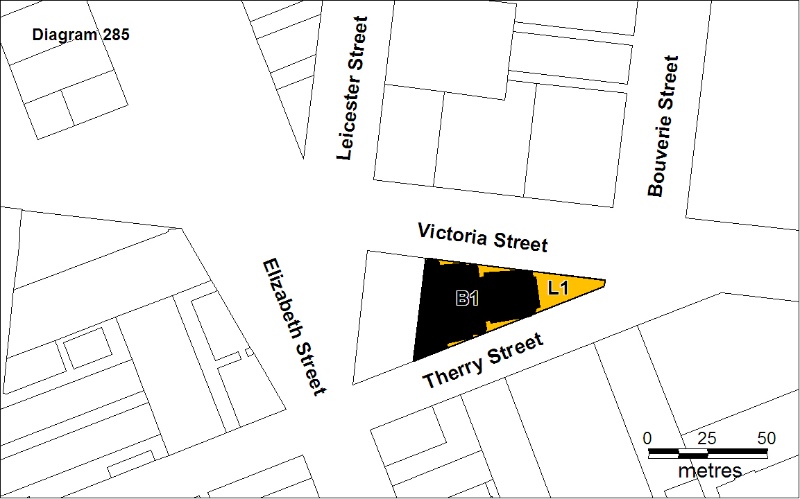
Statement of Significance
What is significant?
The Royal Melbourne Regiment Drill Hall was built for the Regiment in Victoria Street in 1937 to designs prepared by Commonwealth architect George H Hallendal as part of a general improvement in military facilities prior to the Second World War. Hallendal designed most of Victoria's drill halls during the post 1935 phase of military construction. Each of these drill halls were built specifically for the unit that was to occupy the building. The Royal Melbourne Regiment Drill Hall includes offices, mess rooms, lecture rooms, stores, a basement firing range and a caretakers flat. The building was used by the regiment before the Second World War, and for various other defence purposes during and after the war, such as providing medical outpatient services in 1945 for the 2nd Battalion.
The Royal Melbourne Regiment originally formed in 1854 as the Melbourne Volunteer Rifles, becoming the City of Melbourne Regiment in 1927, the Royal Melbourne Regiment in 1935 and then the Royal Victorian Regiment in 1948. The unit served in the Boer War, the First World War and the Second World War. As Melbourne's "own Regiment" the Royal Melbourne had particularly close ties with the City of Melbourne.
The building is a large structure, partly two storey, on a triangular city edge site. The exterior is predominantly of red brick, with banding of cream brick. The main east elevation is dominated by a portico of rendered aerofoil profiled piers within a rectangular frame. Details such as exterior ventilator grills, tall narrow steel framed windows and a stepped plan form add to the building's architectural character. The interior detailing features varnished timber panelling and trims, and decorative plaster mouldings. A recurring ornamental element, internally and externally, are wrought iron screens with a common decorative motif. The eastern, front portion of the building includes facilities for the higher ranks, including the officers' mess on the first floor which features a high coved and ribbed ceiling, an inglenook fireplace area, and a built-in bar. The ground floor features offices, the sergeants' mess and various utility spaces.
The rear, western, portion of the building includes offices and the drill hall itself which features a stepped decorative Moderne detailed plaster ceiling, brick pilasters with fluted capitals and a prominent band gallery that overlooks the hall.
How is it Significant?
The Royal Melbourne Regiment Drill Hall is of architectural and historical significance to the State of Victoria.
Why is it Significant?
The Royal Melbourne Regiment Drill Hall is architecturally significant as an outstanding and highly detailed example of Moderne architecture. Of note is the practical response to the triangular site, the clearly demarcated spaces and functions and the particularly high quality of the building's detailing and decoration. The Royal Melbourne Regiment Drill Hall is of architectural significance as one of the major drill halls designed by Commonwealth Government architect George Hallendal.
The Royal Melbourne Regiment Drill Hall is of historical significance as one of the most intact of the red brick drill halls designed by the Works Branch of the Commonwealth Department of the Interior in the 1935 - 1939 period. It demonstrates its original drill and military administrative functions, through the planning of its internal spaces and through the extant original fittings and finishes. It is of historical interest as a building constructed as part of the nation's military build up just prior to the Second World War. The Royal Melbourne Regiment Drill Hall is of historical significance for its associations with the Royal Victorian Regiment.
Known as Melbourne's 'own Regiment', the Royal Melbourne Regiment Drill Hall is of local social significance for its close ties to the City of Melbourne.
-
-
ROYAL MELBOURNE REGIMENT DRILL HALL - Permit Exemptions
General Exemptions:General exemptions apply to all places and objects included in the Victorian Heritage Register (VHR). General exemptions have been designed to allow everyday activities, maintenance and changes to your property, which don’t harm its cultural heritage significance, to proceed without the need to obtain approvals under the Heritage Act 2017.Places of worship: In some circumstances, you can alter a place of worship to accommodate religious practices without a permit, but you must notify the Executive Director of Heritage Victoria before you start the works or activities at least 20 business days before the works or activities are to commence.Subdivision/consolidation: Permit exemptions exist for some subdivisions and consolidations. If the subdivision or consolidation is in accordance with a planning permit granted under Part 4 of the Planning and Environment Act 1987 and the application for the planning permit was referred to the Executive Director of Heritage Victoria as a determining referral authority, a permit is not required.Specific exemptions may also apply to your registered place or object. If applicable, these are listed below. Specific exemptions are tailored to the conservation and management needs of an individual registered place or object and set out works and activities that are exempt from the requirements of a permit. Specific exemptions prevail if they conflict with general exemptions. Find out more about heritage permit exemptions here.Specific Exemptions:General Conditions: 1.
All exempted alterations are to be planned and carried out in a manner which prevents damage to the fabric of the registered place or object. General Conditions: 2.
Should it become apparent during further inspection or the carrying out of works that original or previously hidden or inaccessible details of the place or object are revealed which relate to the significance of the place or object, then the exemption covering such works shall cease and Heritage Victoria shall be notified as soon as possible. Note: All archaeological places have the potential to contain significant sub-surface artefacts and other remains. In most cases it will be necessary to obtain approval from the Executive Director, Heritage Victoria before the undertaking any works that have a significant sub-surface component. General Conditions: 3.
If there is a conservation policy and plan endorsed by the Executive Director, all works shall be in accordance with it. Note: The existence of a Conservation Management Plan or a Heritage Action Plan endorsed by the Executive Director, Heritage Victoria provides guidance for the management of the heritage values associated with the site. It may not be necessary to obtain a heritage permit for certain works specified in the management plan. General Conditions: 4.
Nothing in this determination prevents the Executive Director from amending or rescinding all or any of the permit exemptions. General Conditions: 5.
Nothing in this determination exempts owners or their agents from the responsibility to seek relevant planning or building permits from the responsible authorities where applicable.Regular Site Maintenance :
Maintenance work that does not require any construction work or the replacement of any existing fabric is permit exempt. Maintenance work that does require construction work or the replacement of any existing fabric is possible but will require either the written approval of the Executive Director or a permit.
The replacement of existing services such as cabling, plumbing, wiring and fire services that uses existing routes, conduits or voids, and does not involve damage to or the removal of significant fabric will not require a permit.
Note: Any new materials used for repair should not exacerbate the decay of existing fabric due to chemical incompatibility. Consideration should be given when undertaking repairs to retain and maximise protection to existing fabric and the conservation of existing details or elements.Minor Works :
Minor works that do not require any building work, will not have any impact on any structural element of the place or which do not entail the replacement of any existing fabric are permit exempt. Other minor works, that in the opinion of the Executive Director, will not adversely affect the heritage significance of the place may be exempt from the permit requirements of the Heritage Act. Other works that will require building work, will have an impact on any structural element of the place or which entails the replacement of any existing fabric may be possible but may require a permit. It is recommended that Heritage Victoria be contacted to discuss the proposed works and to ascertain whether a heritage permit is required.If the proposed works may have an effect on any significant fabric or structural element of the place it is possible that a permit will be required.
Landscape:
All gardening and minor landscape works are permit exempt except where they involve any major excavation, construction of new landscape elements or the removal of any established trees.Painting
Painting will not require permit approval if the painting:
a) does not involve the disturbance or removal of earlier paint layers other than that which has failed by chalking, flaking, peeling or blistering;
b) involves over-coating with an appropriate surface as an isolating layer to provide a means of protection for significant earlier layers or to provide a stable basis for repainting;
c) employs the same colour scheme and paint type as an earlier scheme if they are appropriate to the substrate and do not endanger the survival of earlier paint layers.If the painting employs a different colour scheme and paint type from an earlier scheme a permit will not be required if :
a) the Executive Director is satisfied that the proposed colour scheme, paint type, details of surface preparation and paint removal will not adversely affect the heritage significance of the item;
b) the person proposing to undertake the painting has received a notice advising that the Executive Director is satisfied.Any proposal to undertake such work should be submitted to the Executive Director, detailing the proposed colour scheme, paint type, details of surface preparation and paint removal involved in the repainting, for approval.
Miscellaneous Exemptions
* The later steel framed mezzanine addition inside the drill hall may be removed without a permit on the condition that the fabric of any other part of the building is not adversely affected by its removal.
* The 'housing unit display suite' located in the officers mess may be removed without a permit on the condition that the fabric of any other part of the building is not adversely affected by its removal.
ROYAL MELBOURNE REGIMENT DRILL HALL - Permit Exemption Policy
The purpose of the permit exemptions is to allow works that do not impact on the heritage significance of the place to occur without the need for a permit. Works other than those mentioned in the permit exemptions may be possible but will require either the written approval of the Executive Director or permit approval.
The purpose of the Permit Policy is as a guide only in assisting when considering or making decisions regarding works to the place. It is recommended that any proposed works be discussed with an officer of Heritage Victoria prior to them being undertaken or a permit is applied for. Discussing any proposed works will assist in answering any questions the owner may have and aid any decisions regarding works to the place.
The Royal Melbourne Regiment Drill Hall is of significance as a representative and intact example of the work of the military architecture of architect George Hallendal. Any proposals that would adversely affect the fabric or understanding of any original feature or the original layout of the place should be avoided.
The Royal Melbourne Regiment Drill Hall is a particularly fine example of Moderne architecture. Any proposal that would remove or diminish any detailing or ornament which are characteristic of the style or contribute to the integrity or understanding of the building should be avoided.
The Royal Melbourne Regiment Drill Hall is a particularly fine example of an early 20th century drill hall. The building was designed around the needs of the Royal Melbourne Regiment Drill Hall and to reflect the identity of the unit. Any proposed works that would diminish this understanding or adversely affect any part of the place associated with its military use should be avoided.
Minor amendments may be possible with the written approval from the Executive Director but major alterationswill require permit approval, particularly if the changes will have an impact on the structure or any other significant fabric of the place. It is suggested that any changes be sympathetic with the rest of the place and that any proposal be discussed with an officer of Heritage Victoria prior to any permit being applied for.
-
-
-
-
-
FORMER CARLTON AND UNITED BREWERY
 Victorian Heritage Register H0024
Victorian Heritage Register H0024 -
ROSAVILLE
 Victorian Heritage Register H0408
Victorian Heritage Register H0408 -
MEDLEY HALL
 Victorian Heritage Register H0409
Victorian Heritage Register H0409
-
1 Fordham Court
 Yarra City
Yarra City -
10 Fordham Court
 Yarra City
Yarra City
-
-












